Smilodontae
Spectator
"The Witch on the Pyre*"
This is quite a rare drawing by the famed renaissance painter Albrecht Dürer.
It depicts a girl awaiting her execution by burning,, the sack hanging from her neck being likely filled with gunpowder to shorten her suffering.
There is also text, it is however both fairly small and written in cursivve old german so I was only able to translate a little bit.
She was burned on a Sunday after Johannis (this is most likely the 24th of May) in the year 1508 and she was 16 years old.
*The only source on the Title is an old Facebook post of the Witch museum in Bamberg, so it is possible that this is just what the museum called it.

This is quite a rare drawing by the famed renaissance painter Albrecht Dürer.
It depicts a girl awaiting her execution by burning,, the sack hanging from her neck being likely filled with gunpowder to shorten her suffering.
There is also text, it is however both fairly small and written in cursivve old german so I was only able to translate a little bit.
She was burned on a Sunday after Johannis (this is most likely the 24th of May) in the year 1508 and she was 16 years old.
*The only source on the Title is an old Facebook post of the Witch museum in Bamberg, so it is possible that this is just what the museum called it.

Last edited by a moderator:





 Beautiful drawing of Dürer, btw
Beautiful drawing of Dürer, btw 
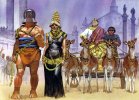

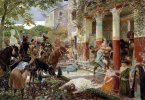


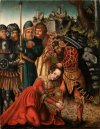
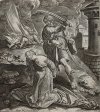
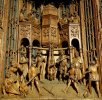
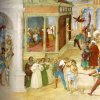
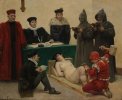


![Missale_et_horae_ad_usum_[...]_btv1b8470209d_11zon.jpeg](/xf/data/attachments/1299/1299803-3d097e2b3e24f9c4033dc9a53da55df5.jpg)
